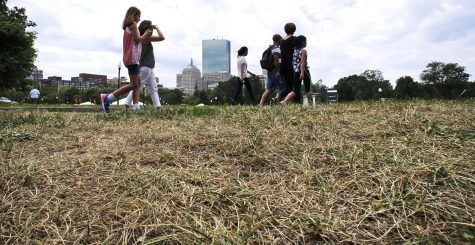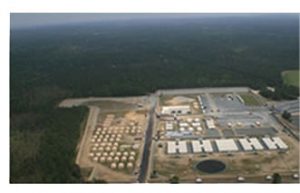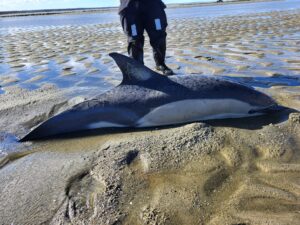
Much of the Northeast is in the grips of a drought that has led to water restrictions, wrought havoc on gardens and raised concerns among farmers. (AP Photo/Charles Krupa, File)
BARNSTABLE – A continued run of hot and sunny days on Cape Cod can be great for vacationers and businesses, but the lack of rain is starting to increase drought conditions in the region.
According to the National Weather Service, Cape Cod is now in a moderate drought, which is the second lowest among the five classifications from the U.S. Drought Monitor.
Possible impacts from moderate drought conditions include damage to some crops, a high risk of brush fires and low streams, reservoirs or wells. The conditions also may result in water shortages and voluntary water restrictions are recommended.
“The Cape is in a deficit of about three to four inches of rain which is not as bad as Central Mass and Boston,” said National Weather Service Meteorologist Lenore Correia.
Correia said the rain has been tracking further south and avoiding the region.
“We’re not getting the rain we’re expecting to,” she said. “And if we do get rain it is more scattered throughout the state and definitely not widespread.”
Correia said it seems like the area has been covered by high pressure systems almost every day.
“There’s lows that move through but they are generally far to our south or to our north and the only rain that is brought to the region is by a cold front,” she said.
The region could see some relief over the next handful of days with a possibility of an inch and a half of rain in some areas.
“With the Cape being in a two to four inch deficit it is not going to alleviate it very much,” Correia said. “You need a lot more over a longer period of time for it to actually help the drought.”
A small section of northeastern Massachusetts is now considered to be in extreme drought, the first time any part of Northeast region has been classified that way during the current dry spell.
Extreme drought is the fourth of the five classifications.
The area in extreme drought represents less than 4 percent of the state. The readings were taken before Wednesday’s rain.
About 60 percent of the Northeast was under some sort of drought condition. The region includes New England, the Middle Atlantic states, Delaware, Maryland and West Virginia.
The monitor is a collaboration of federal agencies and the University of Nebraska’s National Drought Mitigation Center.
By BRIAN MERCHANT, CapeCod.com NewsCenter
Material from the Associated Press was used in this story.























Speak Your Mind